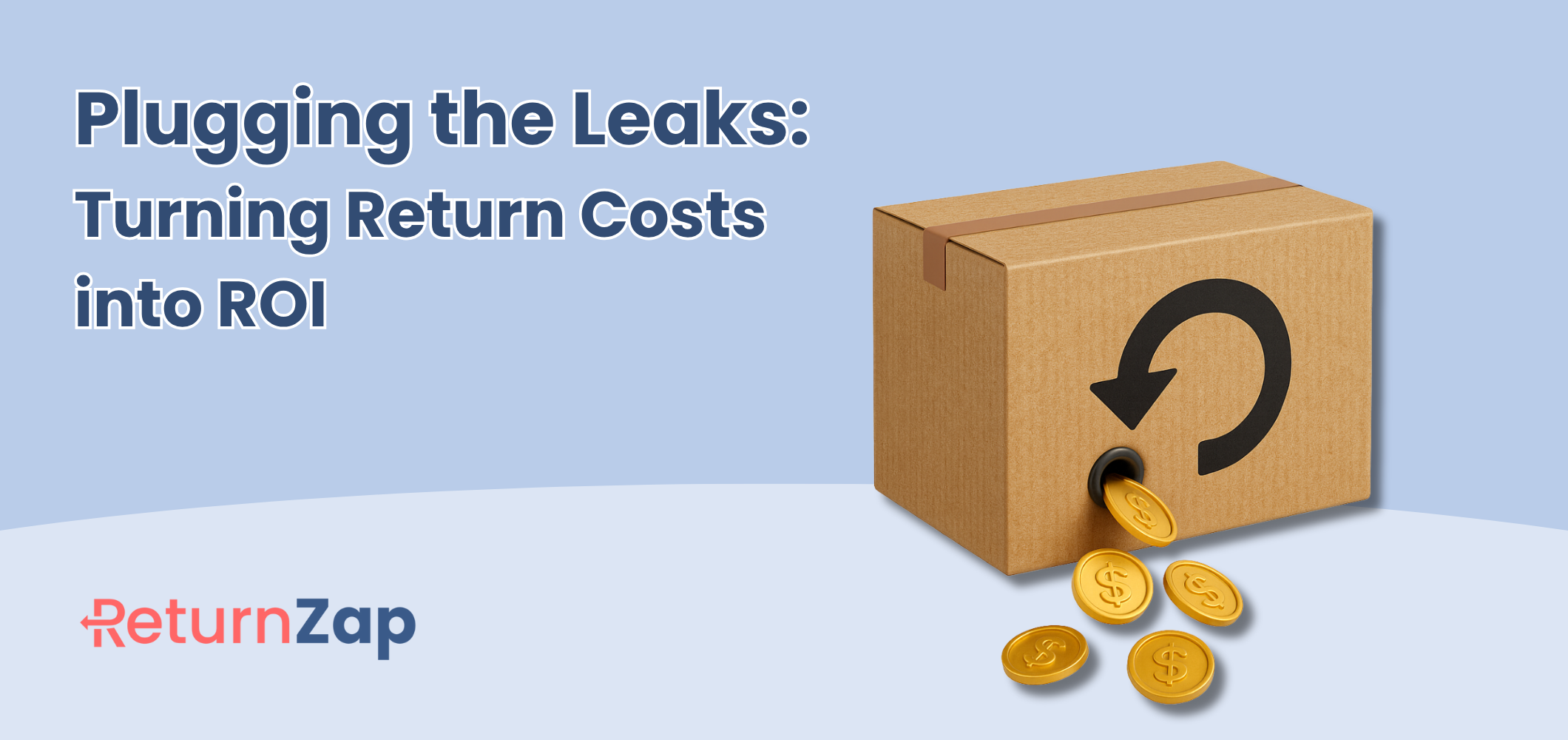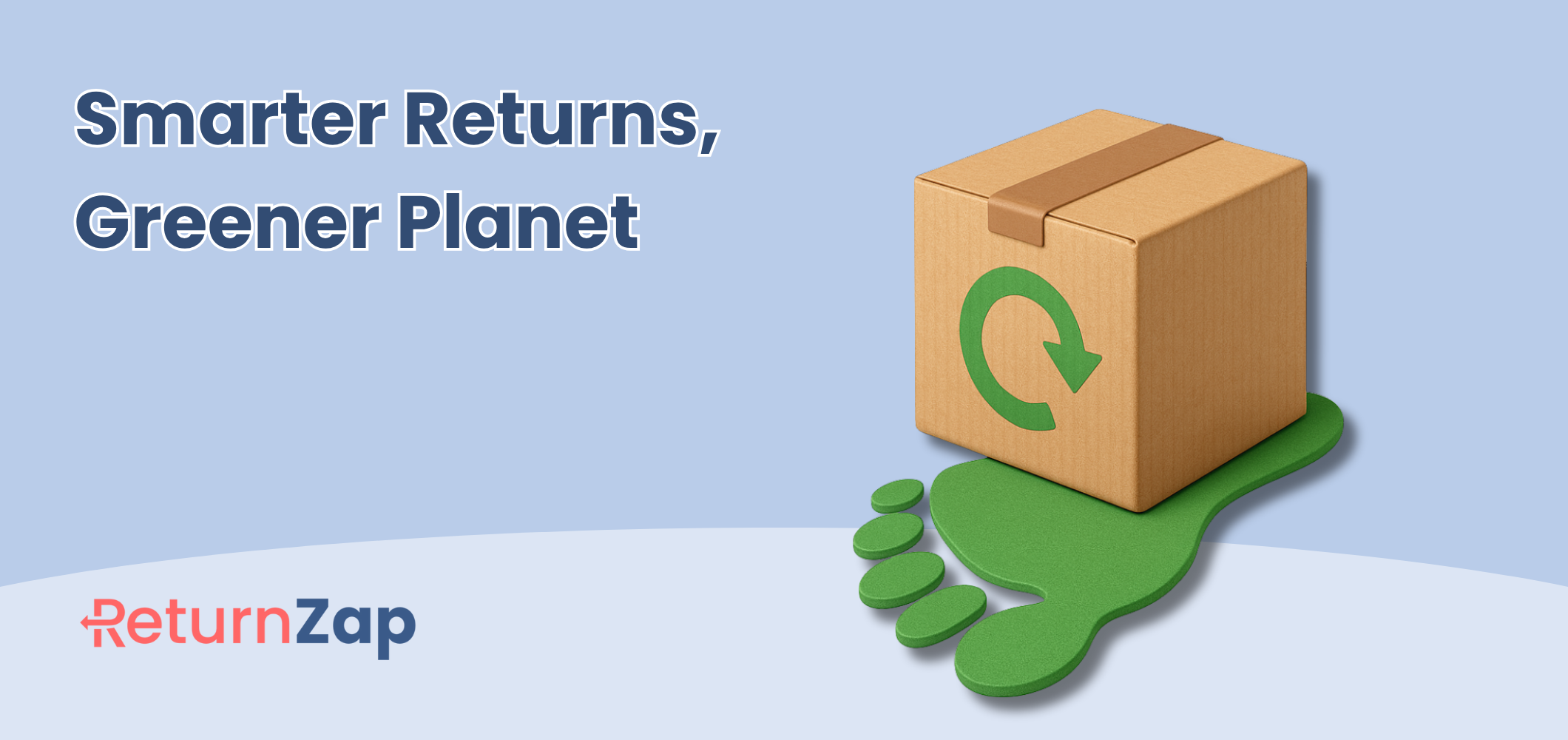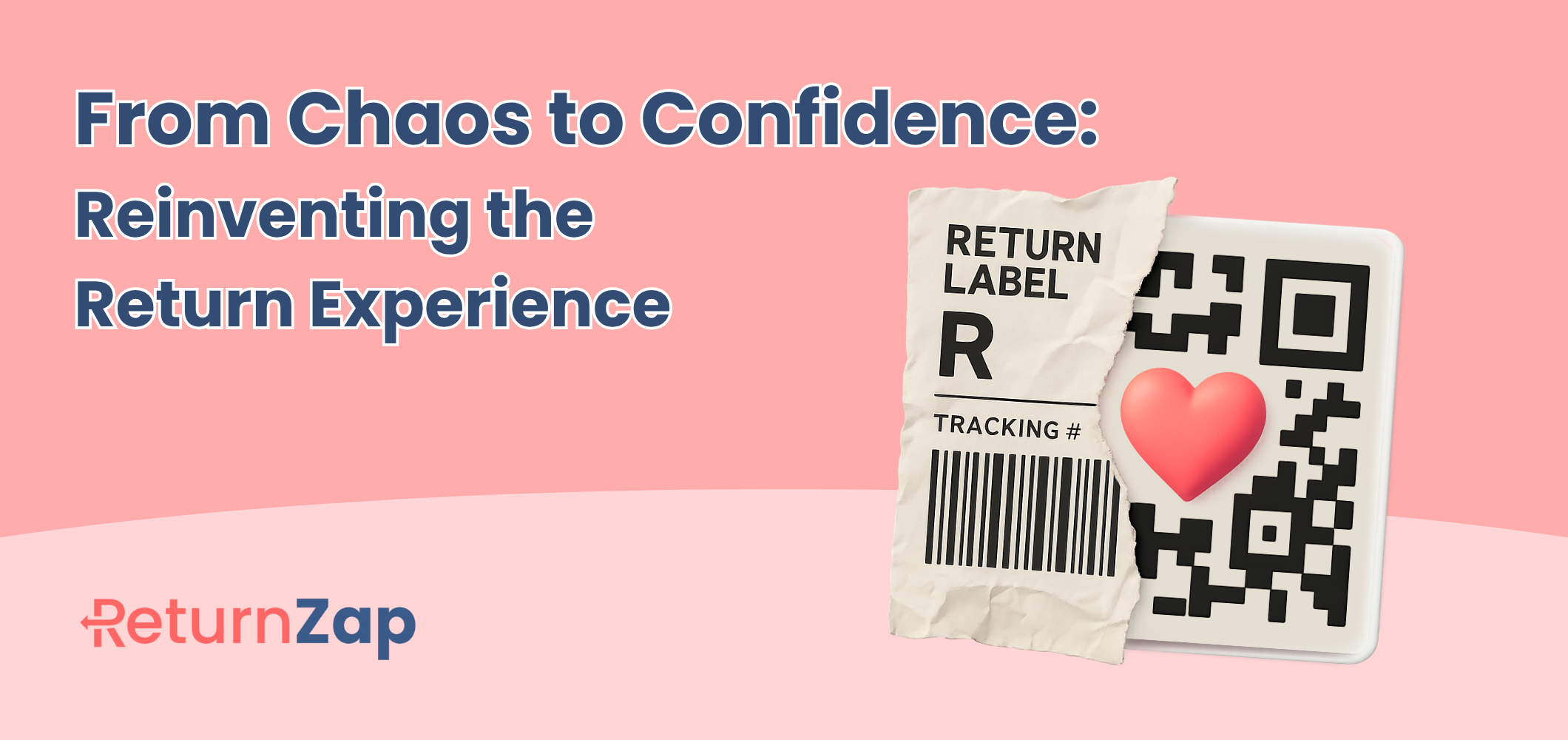The Hidden Cost of Returns: What Most Ecommerce Brands Don’t See

The Silent Drain on Ecommerce Growth
Talking about returns, the story usually sounds simple: a product comes back, money goes out, case closed. But behind every return is a chain reaction of costs that rarely make it onto a P&L sheet. Reverse logistics, warehouse handling, customer service back-and-forth, lost resale value, and even customer churn, all quietly nibble away at profits. One return on a single order might not look like much. Multiply that across thousands of transactions, though, and you’ve got a profit leak big enough to sink growth plans.
Why Returns Cost More Than You Think
Take a $50 pair of shoes. The refund is only the starting point. Shipping it back costs money. Logging it into the system eats up staff hours. Inspections, repackaging, and restocking all pile on. By the time those shoes make it back onto the shelf, the margin is gone.
And if the box is dented or the season has passed? The resale value tanks even further.
But the damage doesn’t end there. Warehouse teams are slowed down by piles of returns. Customer service is tied up answering “where’s my refund?” tickets. Finance has to reconcile messy spreadsheets. Each extra step adds cost you won’t see in a refund column, but it’s real, and it adds up.
Industry studies suggest returns can quietly devour 20–30% of ecommerce profits. Even brands that believe they’re “managing returns” often underestimate the toll.
The Loyalty Problem No One Talks About
Returns aren’t just a financial problem. They’re emotional too. A fast, transparent return can actually strengthen trust. Customers may not love that a product didn’t work out, but they’ll remember how you made it right. That kind of smooth handling can be the difference between a one-time buyer and a repeat customer. On the flip side, a confusing policy, unexpected costs, or a refund that drags on for weeks can be the breaking point. That’s not just a lost order. That’s lost lifetime revenue.
Why Brands Struggle to See the Whole Picture
So if the costs are this obvious, why aren’t more brands acting? Simple: the data is scattered.
Operations teams track shipping. Warehouses track inventory. Finance watches refunds. Customer service logs tickets. Very few leaders connect the dots. And because many brands still run returns manually, printing labels, answering emails one by one, updating spreadsheets - it’s nearly impossible to see bigger patterns like repeated sizing issues or defective suppliers. Without that visibility, returns remain an invisible drain.
How Automation Changes the Game
Forward-thinking brands have stopped treating returns as a sunk cost. Instead, they use automation to make returns faster, cheaper, and smarter.
- Self-service portals free up customer service and cut down on “where’s my refund?” emails.
- Integrated labels and QR codes streamline logistics, reducing warehouse friction.
- Automated updates keep customers informed, which reduces anxiety (and angry follow-ups).
- Analytics dashboards reveal why returns are happening in the first place, whether it’s unclear product descriptions, weak packaging, or supplier quality issues.
A brand that embraced automation didn’t just save money; it turned returns into a trust-building moment that boosted loyalty. Instead of bleeding cash, their returns became a lever for growth. For more information, have a look at our features.
From Cost Center to Growth Driver
The future of ecommerce isn’t about eliminating returns. It’s about mastering them.
The brands that thrive won’t necessarily have the lowest return rates, they’ll have the best return experiences. By automating the process and surfacing the hidden data, returns stop being a silent drain and start fueling smarter decisions, stronger loyalty, and healthier margins. Returns will always be part of ecommerce. But they don’t have to be a black hole for profits.
Conclusion
Every return is more than a refund. It’s a stress test of your operations, a reflection of your customer promise, and a hidden factor in your bottom line. The brands that win will be the ones that stop guessing and start automating. Uncover the hidden ROI in automating your returns process with ReturnZap.
Start Your Free ReturnZap Trial Today
Join hundreds of other Shopify merchants successfully managing their returns with ReturnZap




